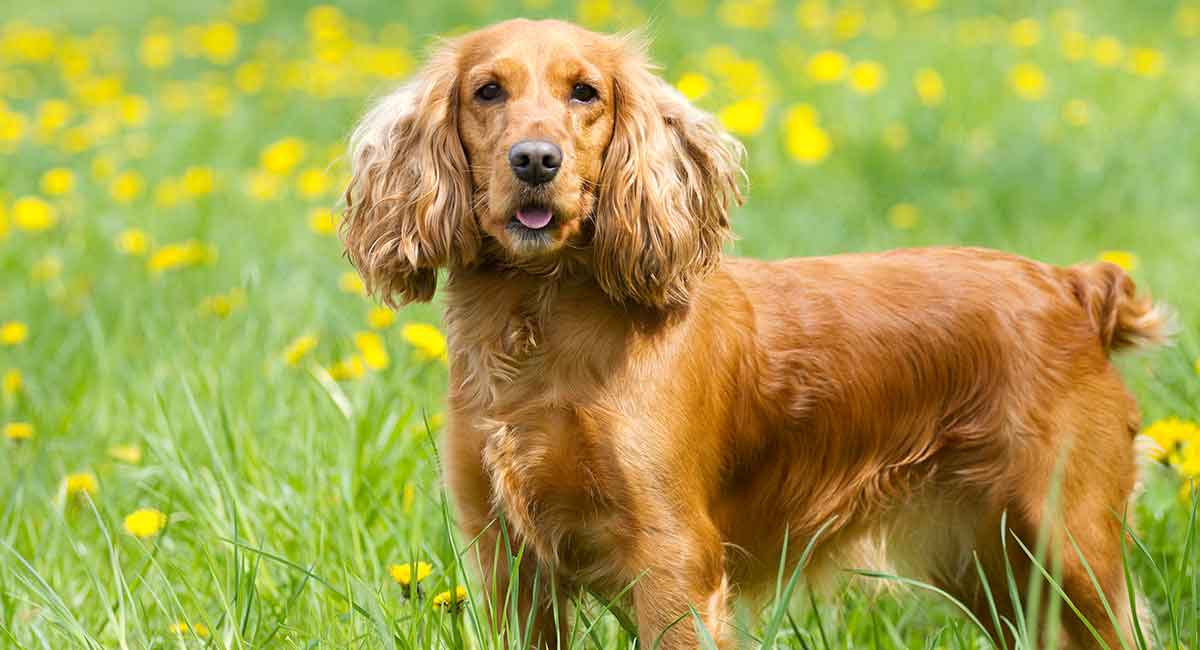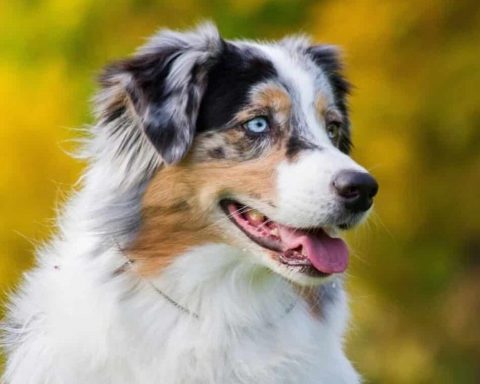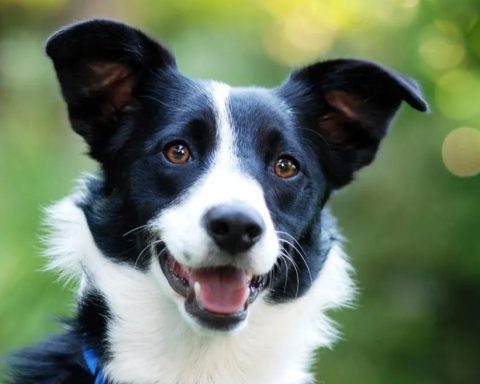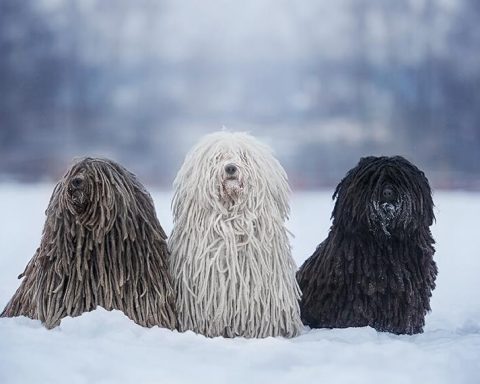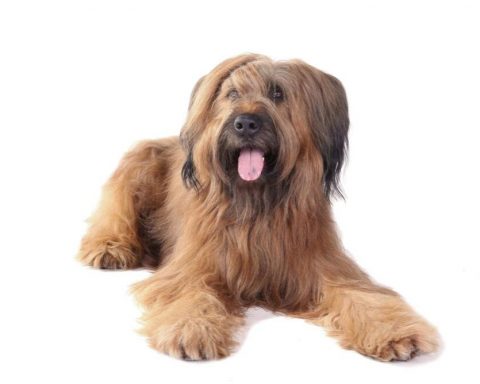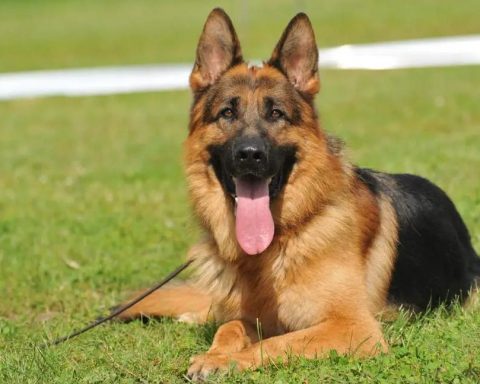The English Cocker Spaniel is an active, jovial sporting dog with a compact horse-shoulder rump as the highest point of the body.
The English Cocker Spaniel has a lively disposition; his gait is powerful and free of resistance; he has the ability to perform search tasks with ease, as well as to startle birds with a sharp bark and perform retrieval tasks.
The English Cocker Spaniel is very keen to work in the field, and the constant wagging of his tail shows how much he enjoys himself during the hunt, which is exactly what this breed was bred for. His head is very special.
First and foremost, he must be a very well-proportioned dog, with no one part appearing exaggerated, either when standing or in motion; the overall coordination is more important than the sum of these parts.
Place of Origin
England
Body Type
SIZE: Height at the shoulder: 16 to 17 inches for males; 15 to 16 inches for females. Deviation from this range is considered a defect.
Optimal weight: about 28 to 34 pounds for males; 26 to 32 pounds for females. Correct structure and physique are more important than sheer weight.
Proportions: Compact structure and short joints, with a shoulder height slightly greater than the distance from the withers to the root of the tail.
Physique: The English Cocker Spaniel is a solidly constructed dog, possessing as much bone and body mass as possible without appearing earthy or rough.
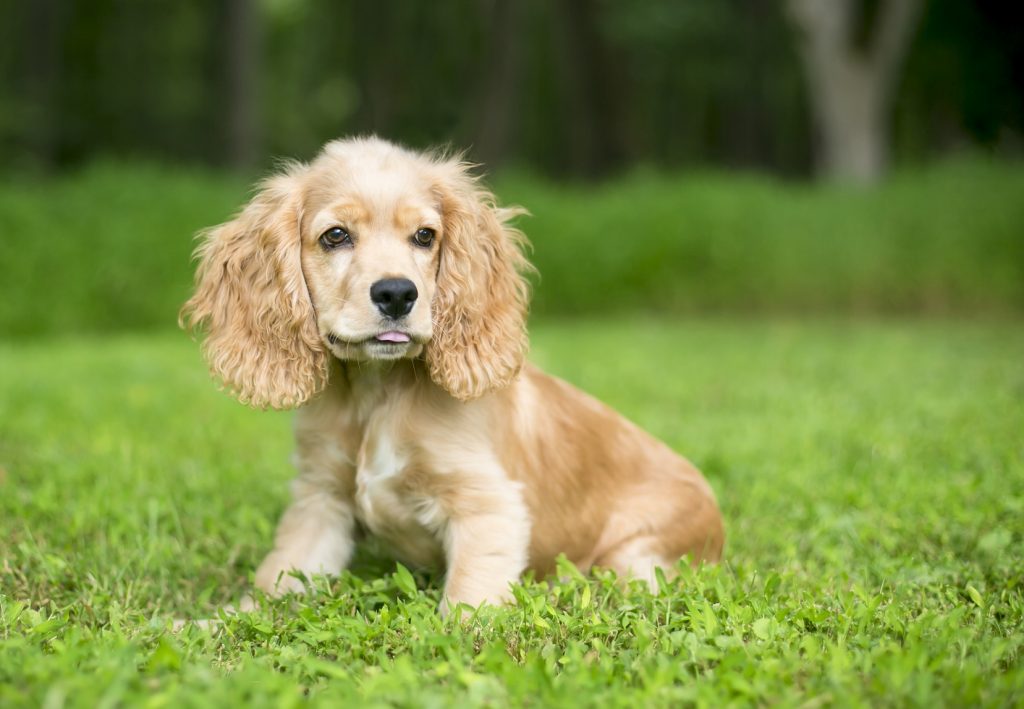
Head
OVERALL APPEARANCE: Sturdy, but never rough, with a soft outline and no sharp angles. The overall impression is that the expression made up of all the parts appears distinctive compared to other breeds.
Expression: gentle, sweet, but majestic, alert and intelligent.
Eyes: The eyes are fundamental to the ideal expression. Medium-sized, full and slightly ovate; widely separated; eyelids tight. Transient membranes not conspicuous; pigmentation or lack of pigmentation. Dark brown eye color in all color dogs except liver and liver-tinged mottled dogs which are allowed to have hazel eyes (darker hazel is better).
Ears: low positioned, hanging close to the head; fine profile, extending to the tip of the nose, covered with long, silky, straight or slightly wavy hair.
Head: domed and slightly flat, viewed from the side and front respectively. Observing its outline, the eyebrows do not rise much above the back of the head. Observed from above, the planes on the sides of the head are roughly parallel to the planes on the sides of the muzzle. The stops are clear, but moderate and slightly fluted.
Muzzle: Same length as the head; moderately full; only slightly narrower than the head, with the width agreeing where the eyes are located; neat outline below the eyes.
Jaws strong and capable of transporting prey. The nostrils are open, and the sense of smell is fairly well developed; the color of the nose-glasses is black, except in liver-colored or liver-tinged mottled dogs, where the nose-glasses may be brown; and in red or red-tinged mottled dogs, where the color of the nose-glasses may be brown, but black is the preferred choice. Lips are quadrangular, but not pendulous, and there is no exaggerated upper lip.
Teeth: clipped bite and. A pincer bite and is also acceptable but not desirable. A protruding upper jaw bite and or a protruding lower jaw bite and are considered serious defects.
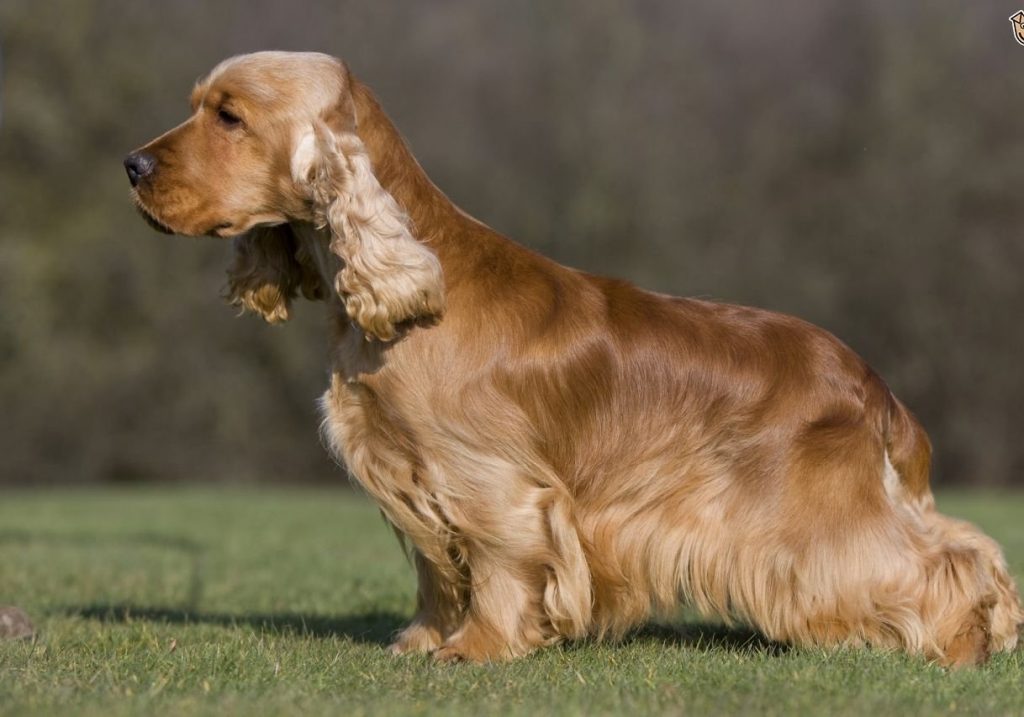
Neck, Dorsal Line, Body
Neck: graceful and well-muscled, appearing rounded and arched toward the head, neatly joined to the head, free of bulk, and blending into the sloping scapulae; of moderate length and balanced to the height and length of the dog.
Dorsal Line: Smooth curve from the junction of the neck and scapulae to the dorsal line. The dorsal line slopes very slightly toward the rounded hips without sagging or creasing.
BODY: Compact and well jointed, giving the impression of being very powerful but not heavy. The chest is deep; it is not so wide as to interfere with the movement of the forelegs, nor is it so narrow as to appear that the forequarters are too narrow or shrunken together. The forechest is very well developed, with the sternum protruding slightly beyond the joint where the scapula meets the upper arm. The depth of the chest reaches the elbow and slopes gradually backward and moderately upward. The ribs are well supported and gradually braced toward the middle of the body, with the posterior end slightly slender, of sufficient depth, and sufficiently extended backward. The back is short and firm. The loin is short, broad and very slightly rounded, but not enough to interfere with the dorsal line. The rump is very rounded and shows no signs of steepness.
Tail: Broken tail. Positioned on the rump, ideally the tail remains level and moves firmly when he is moving. In excitement, the tail may be raised a little higher, but never upwards.
Forequarters
The English Cocker Spaniel is slightly angular. The shoulder blades are sloping and the scapulae are flat and smooth. The scapula is approximately equal in degree to the upper arm bone, which is positioned back and connected to the scapula at an angle sufficient to allow his elbow to lie just below the top of the scapula when he stands in his natural state.
Forelimbs: straight, the bones from the elbow to the columella are almost exactly the same size; the elbow is positioned close to the body; the columella is almost straight and slightly flexible.
Paws: properly proportioned to the legs, firm, rounded cat feet; toes rounded, compact; pads thick.
Hindquarters
Moderately angulated, balance with the forequarters is very important. Hips fairly wide and rounded. The first thigh is wide, thick and muscular, providing a powerful drive. The second thigh is well muscled and roughly equal in length to the first thigh. The knee joint is strong and moderately bent. The distance from the fly joint to the footpad is short. Foot claws are the same as those of the forequarters.
Coat
The hair on the head is short and slender; the hair on the body is of moderate length; flat or with a slight waviness; and silky in texture.
The English Cocker Spaniel has many feathery trimmed coats, but not so many as to interfere with his work in the field. Trimming is permitted to remove excess hair and emphasize his natural lines. However, it must be trimmed as close to its natural form as possible.
Colors
There are many different kinds. Miscellaneous colors can be neatly mottled, spotted or flecked colors, with white predominating, combined with black, liver or different shades of red.
Of the mottled colors, the most desirable are patches of solid color on the body, more or less evenly distributed; no patches on the body are also acceptable.
Solid colors are black, liver, or different shades of red.
A solid color with white paws is a defect;
A throat with a small amount of white is permissible; but these white patches must not make him look like a mottled color.
Brown markings, clear and neat, of different shades, may be combined with black, liver, and mottled colors. Black and brown, liver and brown are also classified as solid colors.
Gait
The English Cocker Spaniel is a hunting dog capable of hunting in thick brush and hilly terrain. So his gait is characterized more in terms of a powerful drive and is very fast.
When he is at the right angle, he can easily cover the ground and extend to the front and back. In the field of play he holds his head up proudly and, while standing waiting for inspection and at the walk, the back line is consistent.
When coming or going, the line of travel is straight, without crossing or swaying, and when properly structured and gaited, a fairly wide distance is maintained between the front and hind legs.
Temperament
The English Cocker Spaniel is a jovial and beloved dog, calm in disposition, neither slow nor overly exuberant, a willing worker, reliable and charming companion.
